Market Growth Projections
The Global Automotive Cooler Market Industry is poised for substantial growth, with projections indicating a market size of 5.44 USD Billion in 2024 and an anticipated increase to 11.7 USD Billion by 2035. This growth trajectory suggests a compound annual growth rate (CAGR) of 7.2% from 2025 to 2035. The expansion is driven by various factors, including the rising demand for electric vehicles, stringent emission regulations, and technological advancements in cooling systems. As the automotive industry evolves, the need for efficient cooling solutions will become increasingly critical, positioning the automotive cooler market for robust growth in the coming years.
Stringent Emission Regulations
Stringent emission regulations imposed by governments worldwide are significantly influencing the Global Automotive Cooler Market Industry. These regulations compel automotive manufacturers to adopt advanced cooling systems that ensure optimal engine performance while minimizing emissions. As a result, there is a growing need for efficient automotive coolers that can maintain engine temperatures within specified limits. This regulatory pressure is expected to contribute to a compound annual growth rate (CAGR) of 7.2% from 2025 to 2035. The focus on sustainability and compliance with environmental standards is likely to drive innovation in cooling technologies, further propelling market growth.
Growth of the Automotive Industry
The overall growth of the automotive industry is a crucial driver for the Global Automotive Cooler Market Industry. As global vehicle production increases, the demand for automotive coolers is likely to rise in tandem. The automotive sector is experiencing a resurgence, with manufacturers ramping up production to meet consumer demand. This growth is projected to contribute to a market size of 5.44 USD Billion in 2024, with expectations of reaching 11.7 USD Billion by 2035. The expansion of automotive production facilities and the introduction of new vehicle models are anticipated to further stimulate demand for efficient cooling solutions, thereby benefiting the automotive cooler market.
Rising Demand for Electric Vehicles
The increasing adoption of electric vehicles (EVs) is a pivotal driver for the Global Automotive Cooler Market Industry. As manufacturers strive to enhance the efficiency and performance of EVs, the need for advanced cooling systems becomes paramount. In 2024, the market is projected to reach 5.44 USD Billion, largely fueled by the growing emphasis on thermal management solutions. This trend is expected to continue, with the market potentially expanding to 11.7 USD Billion by 2035. The integration of innovative cooling technologies in EVs not only improves battery life but also enhances overall vehicle performance, thereby driving demand in the automotive cooler segment.
Technological Advancements in Cooling Systems
Technological advancements in cooling systems are reshaping the Global Automotive Cooler Market Industry. Innovations such as variable speed fans, enhanced heat exchangers, and advanced materials are improving the efficiency and effectiveness of automotive coolers. These advancements not only enhance vehicle performance but also contribute to fuel efficiency and reduced emissions. As automotive manufacturers increasingly prioritize performance and sustainability, the demand for state-of-the-art cooling solutions is expected to rise. This trend aligns with the projected market growth, with estimates indicating a market size of 11.7 USD Billion by 2035, reflecting the impact of these technological developments.
Increasing Consumer Awareness of Vehicle Performance
Increasing consumer awareness regarding vehicle performance and efficiency is driving demand in the Global Automotive Cooler Market Industry. Consumers are becoming more informed about the importance of effective cooling systems in enhancing vehicle longevity and performance. This awareness is prompting manufacturers to invest in advanced cooling technologies that meet consumer expectations for high-performance vehicles. As a result, the market is likely to experience a compound annual growth rate (CAGR) of 7.2% from 2025 to 2035. The shift in consumer preferences towards vehicles with superior cooling capabilities is expected to significantly influence market dynamics.
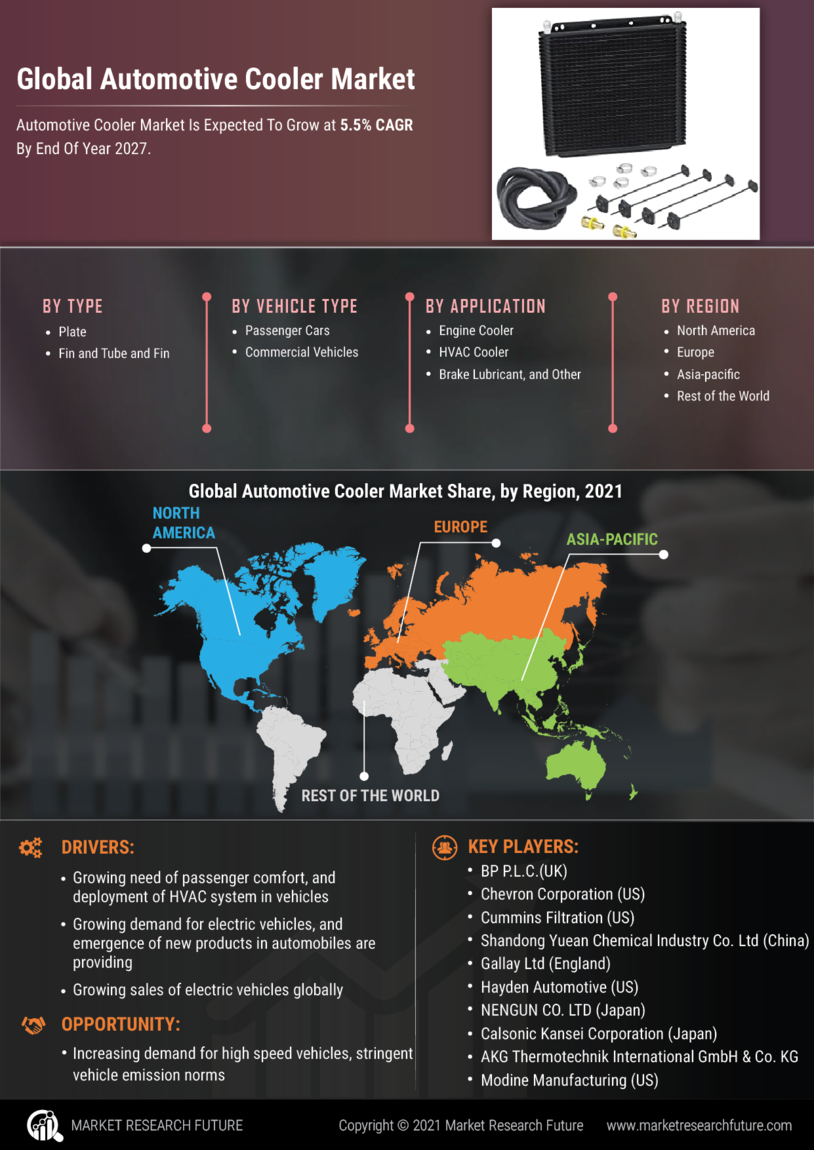

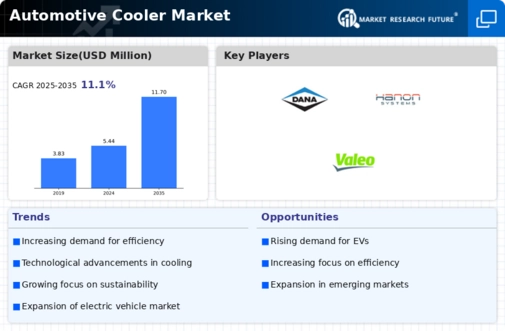
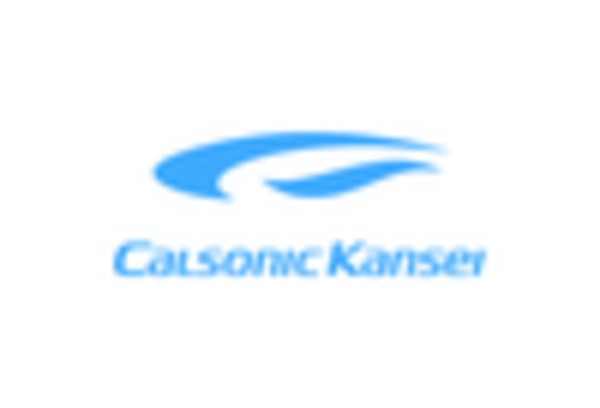
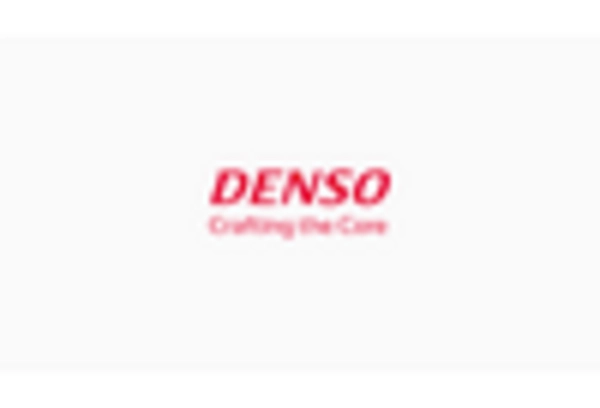
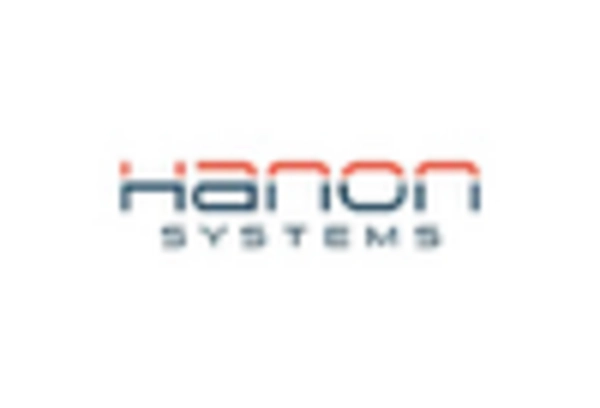
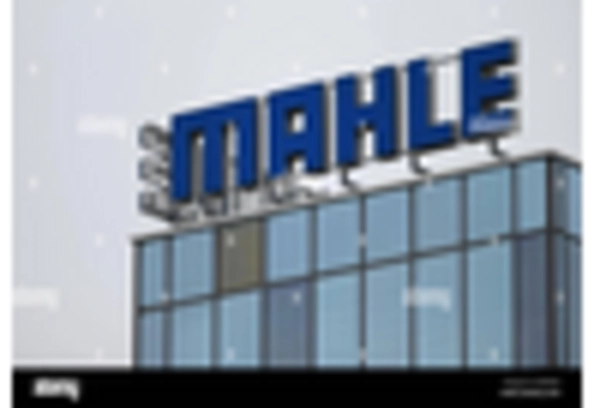
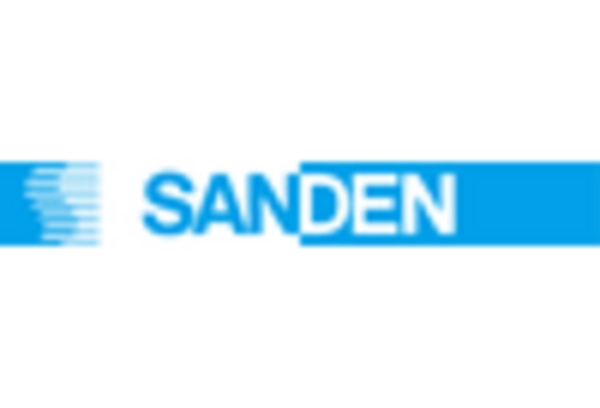
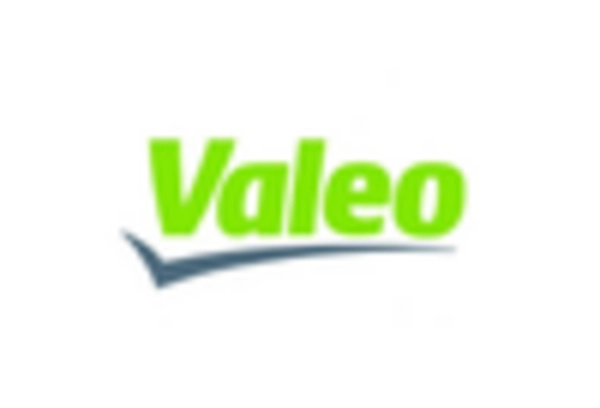








Leave a Comment